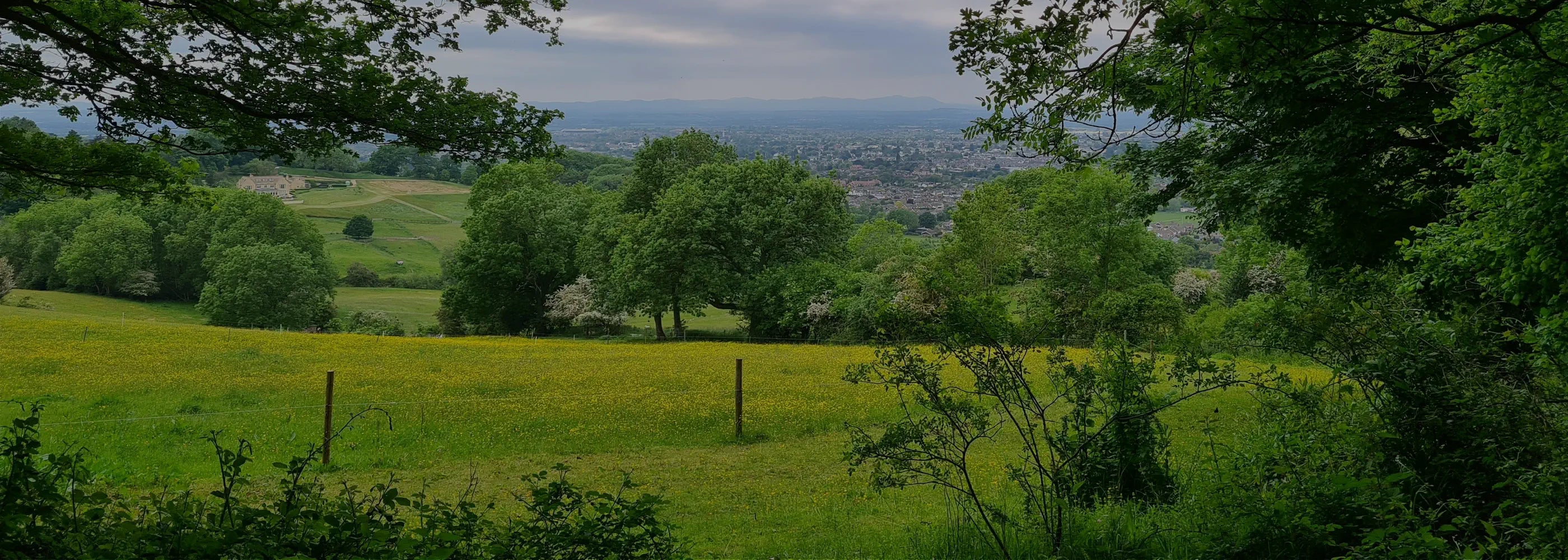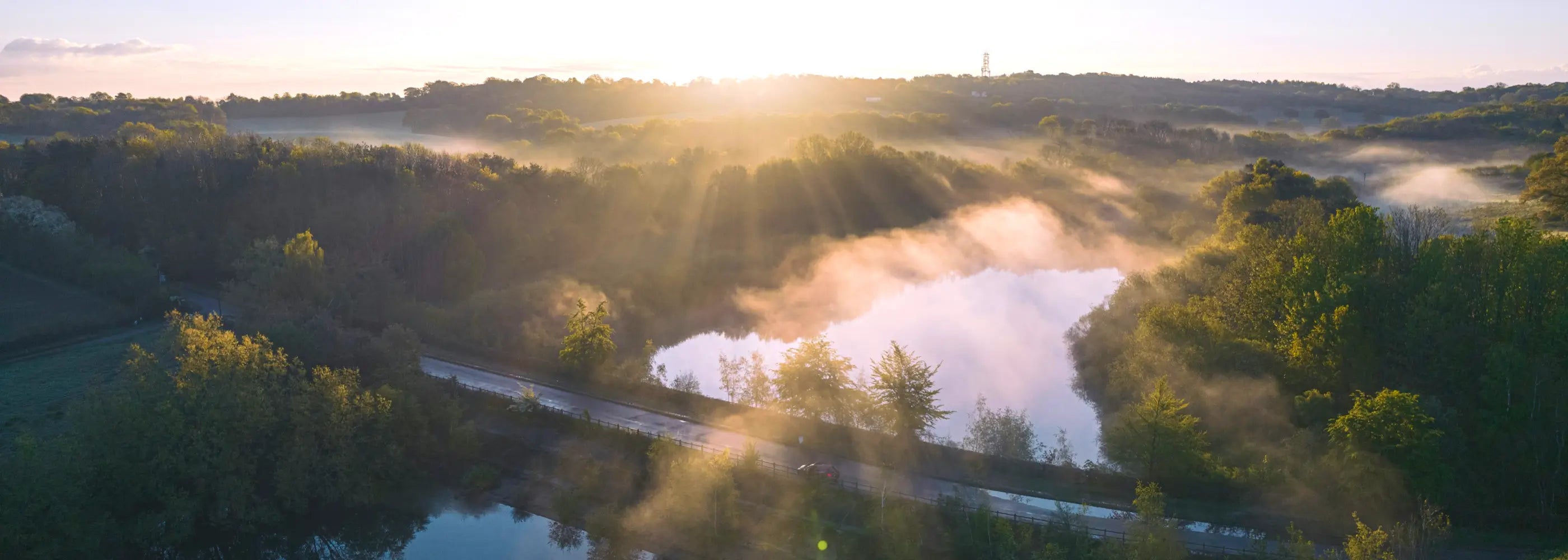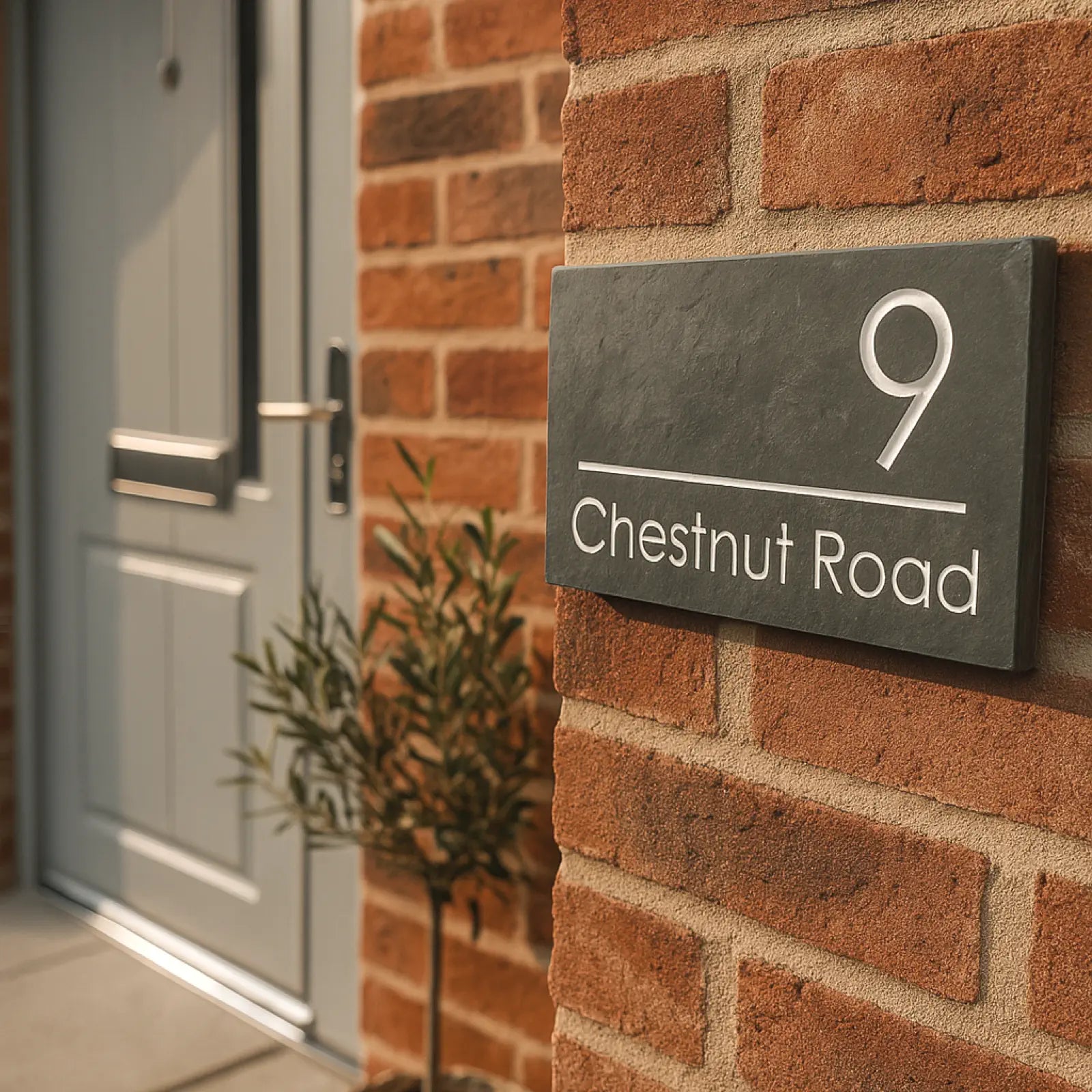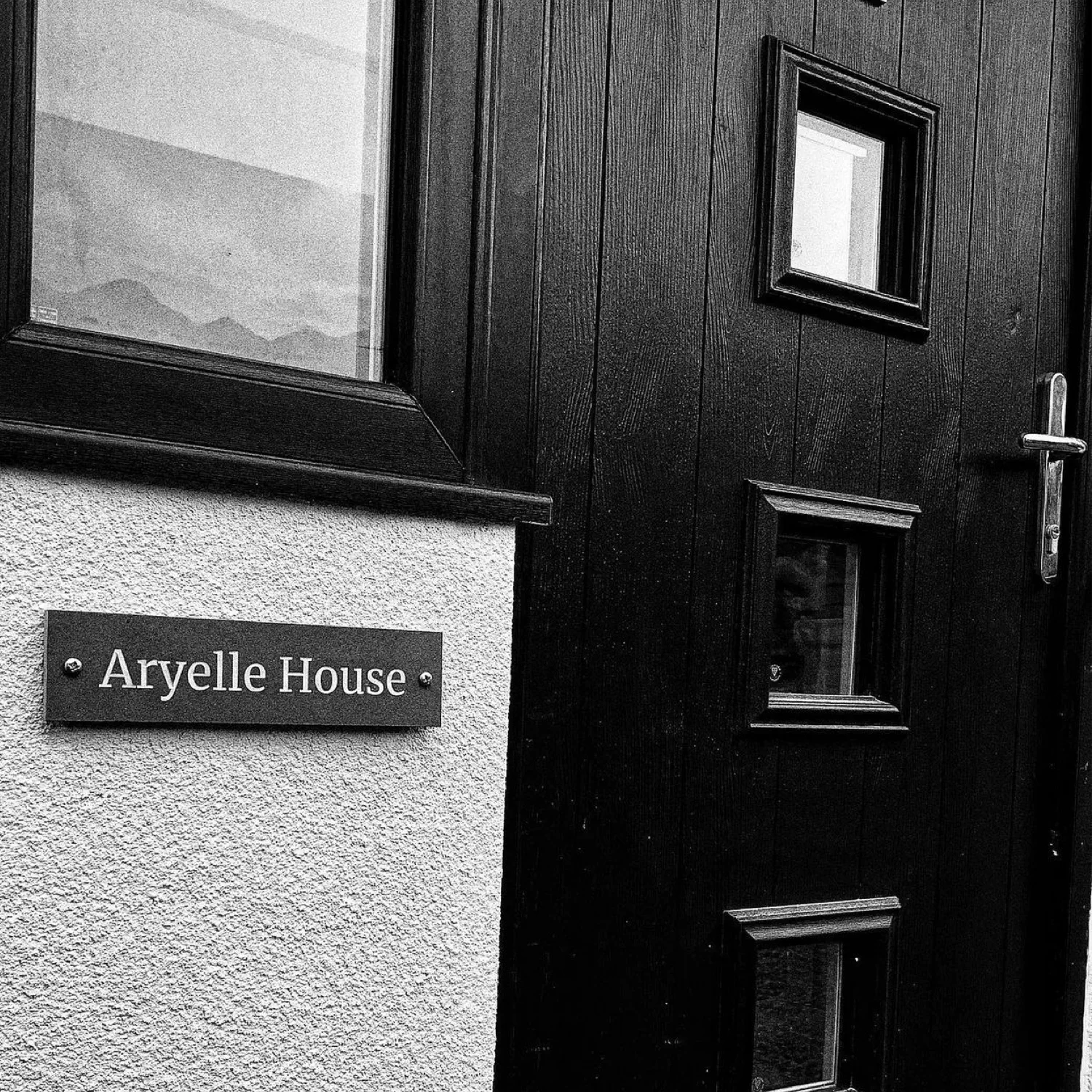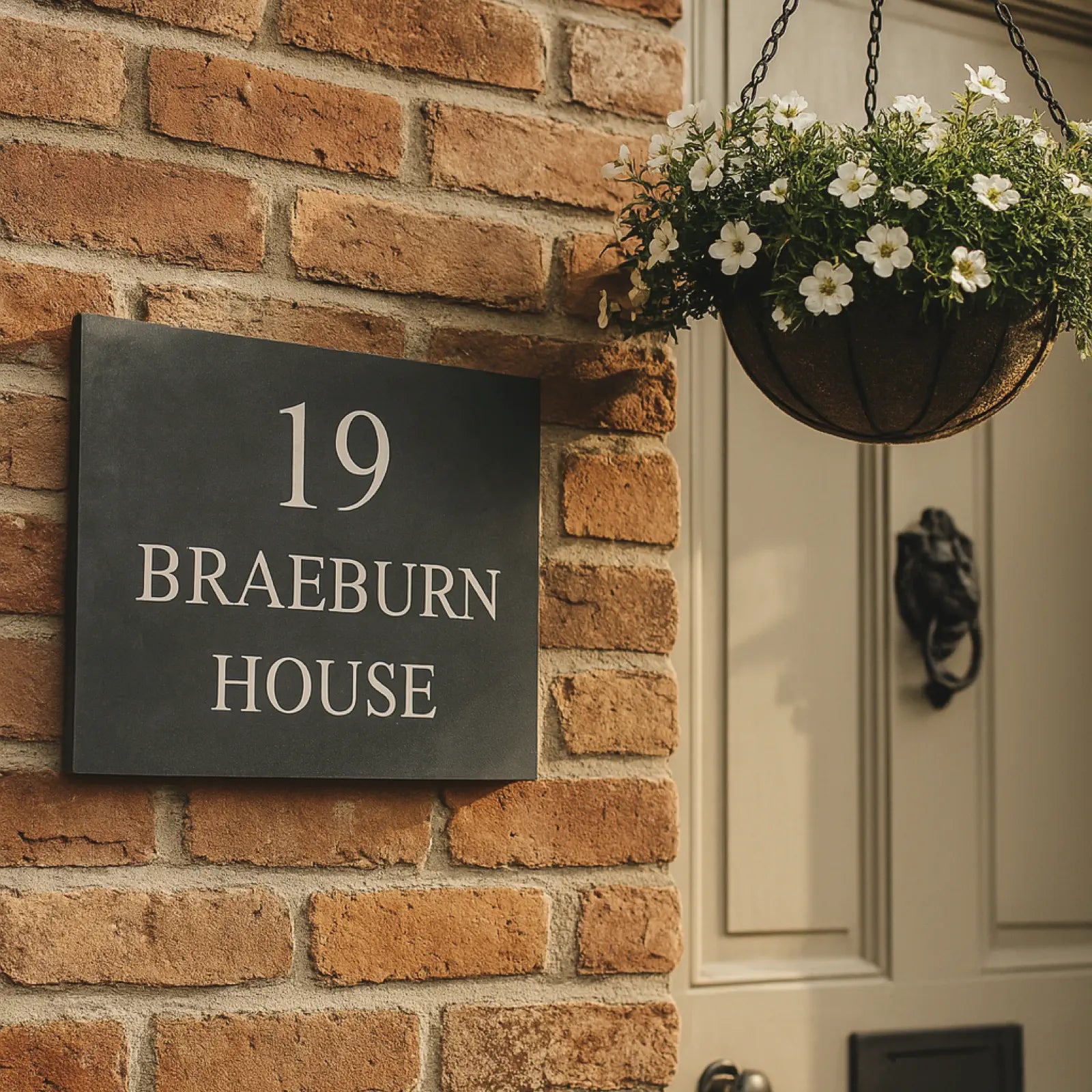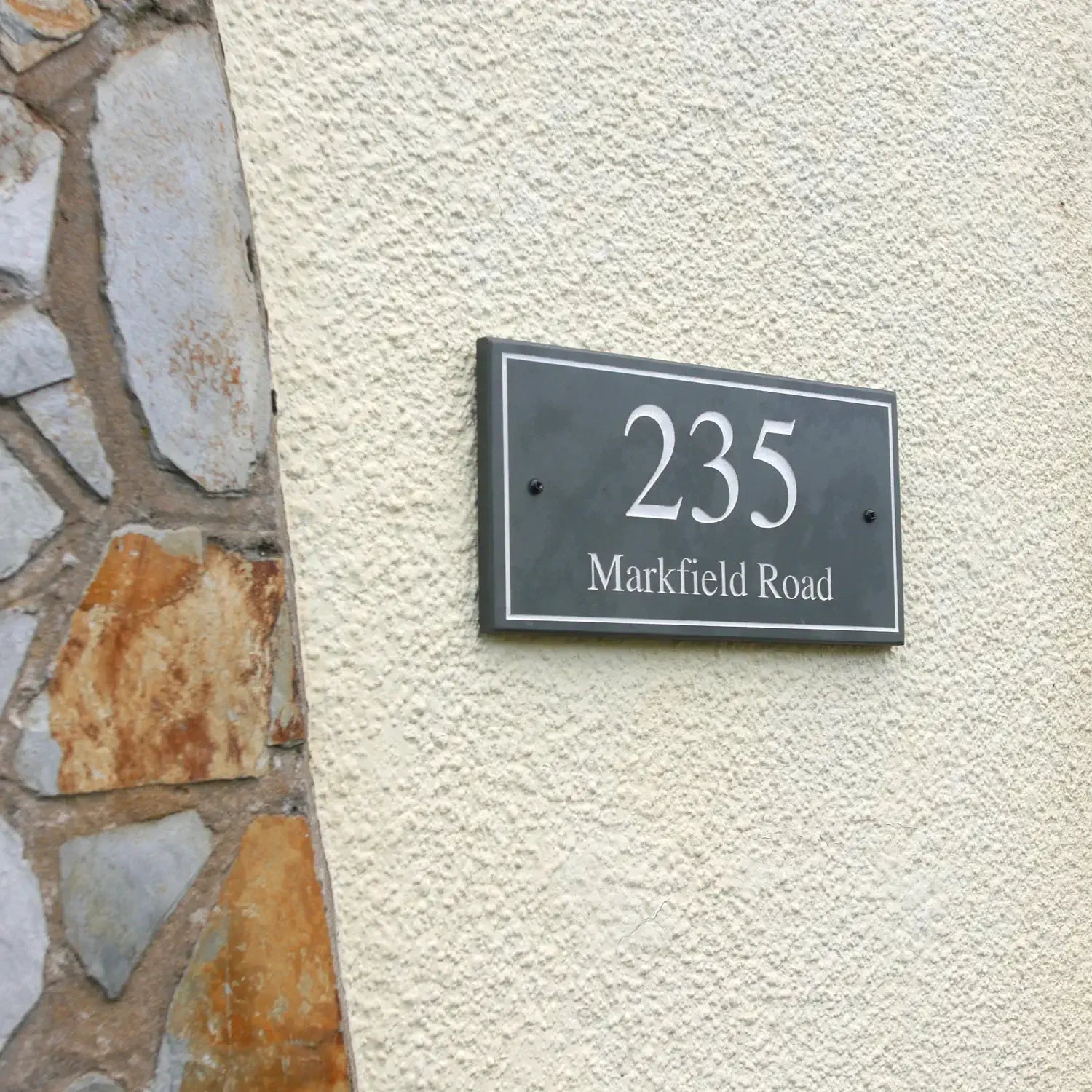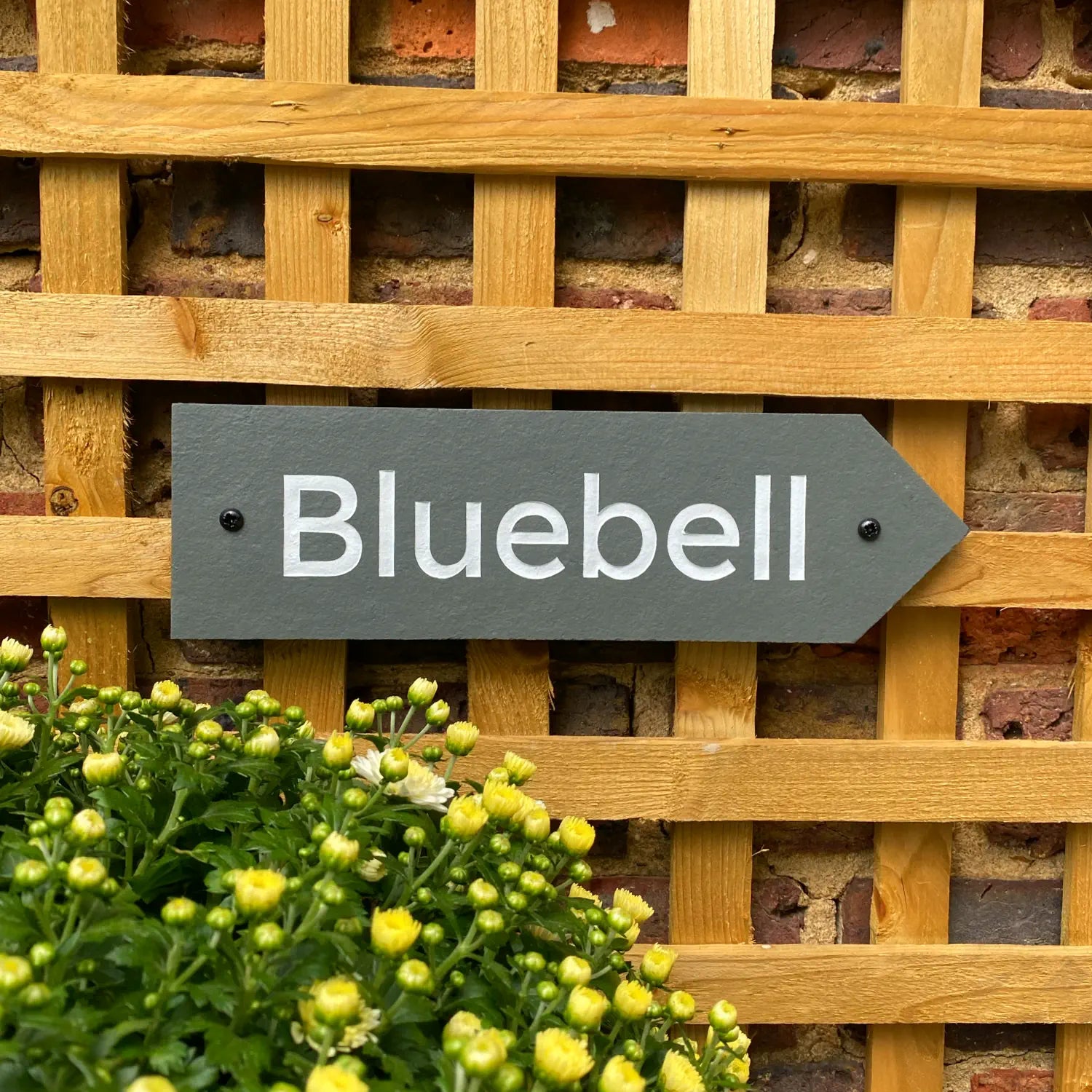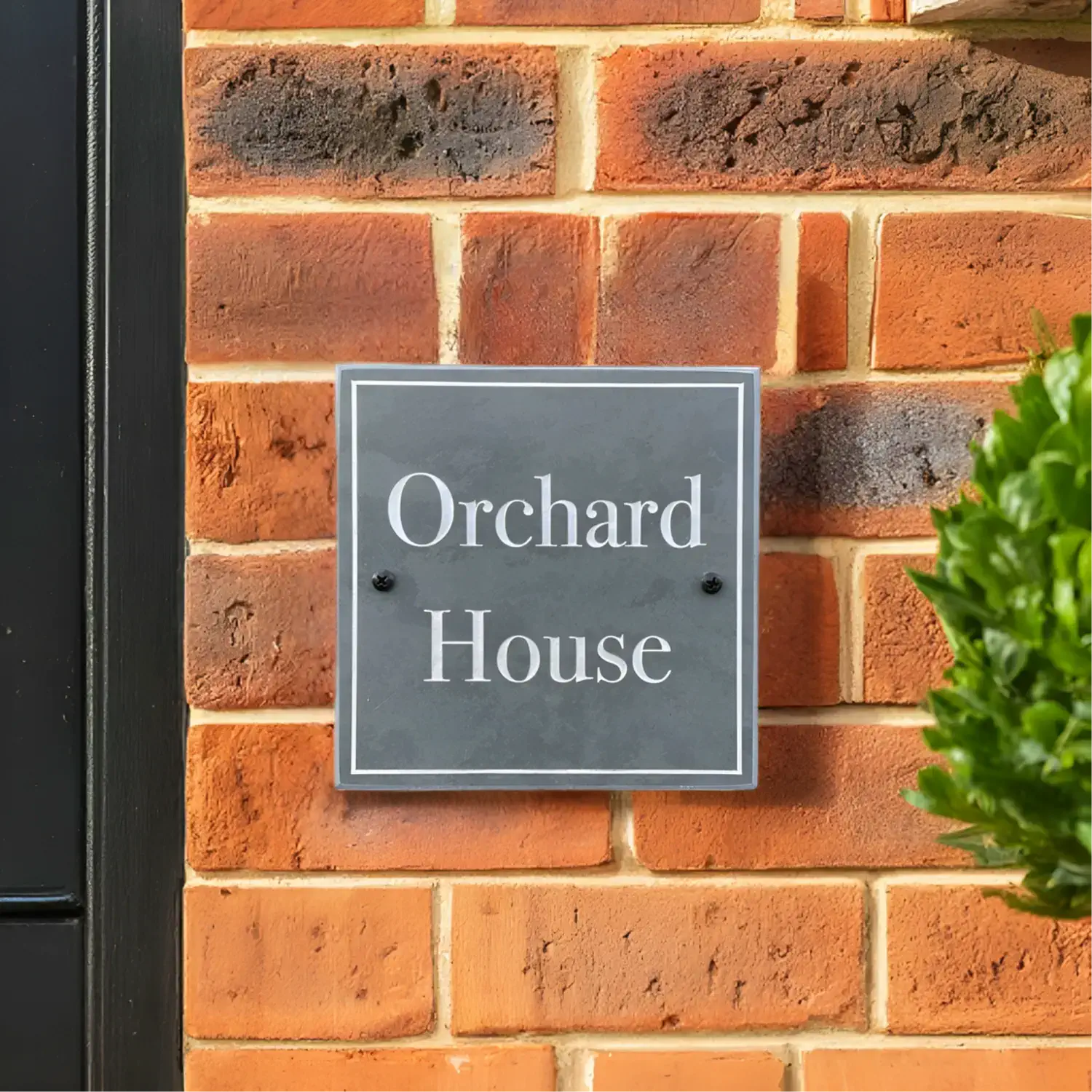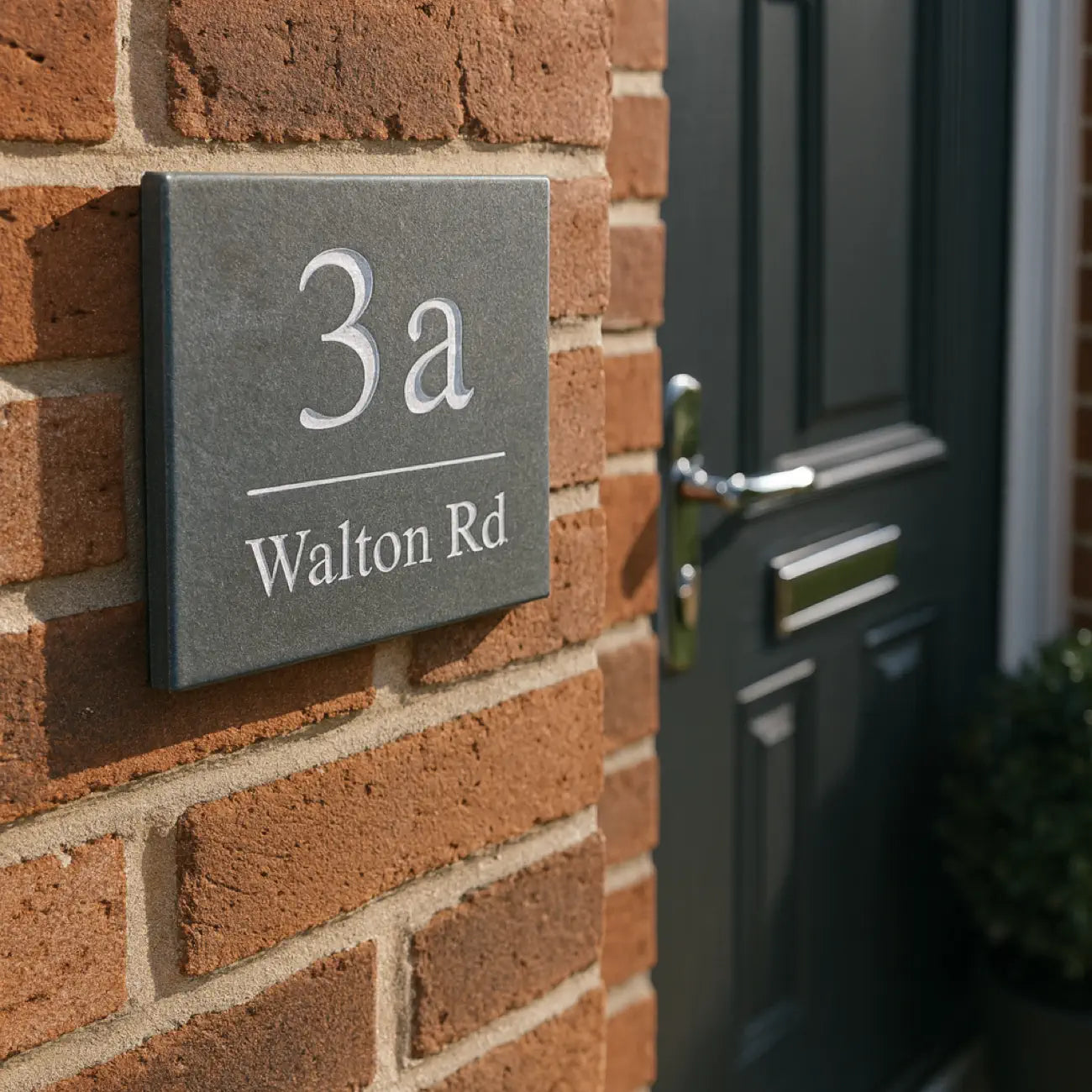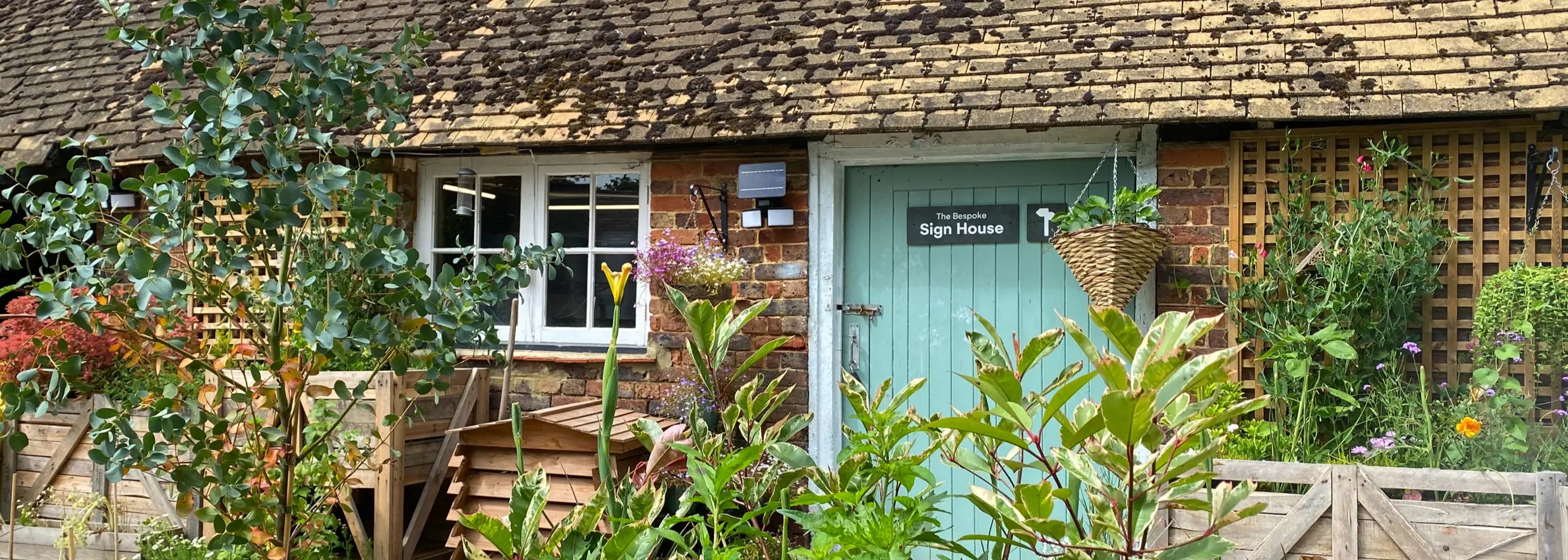- Introduction
- How Much Land Is In The UK?
- Who Owns the UK?
- Why Do We Care?
- Sources
Introduction
They say an Englishman's home is his castle, and that holds true for any homeowner across the UK. Owning a piece of land or estate is a great achievement, from sprawling estates to charming cottages, our isles are blessed with some of the most sought-after property in the world, with each property having its own unique story to tell.
However, the types of landownership in the UK is vast, and the disparity is growing between those who have modest gardens, to those who have hundreds of thousands of acres. So who really owns the UK? We look at what property and land ownership really looks like.
Half of England is owned by less than 1% of the population | The Guardian
How Much Land is in the UK?
The UK spans approximately 60 million acres. If we divided that equally between the UK population, which MacroTrends calculates to be around 68 million people in 2024, then everyone would have a share of 0.9 acres per person - that’s around half the size of a football field, which you could (if you wanted to) fit around 127 car parking spaces. Or another way to look at it, the average garden size in the UK is around 0.15 acres, so that would be around 6 times the size of the average garden per person in the UK.
But that is not a realistic scenario, understanding land distribution underscores the significance of property ownership. So, given that we know everyone including ourselves and everyone we know doesn’t have an acre of land each - who does own the land in the UK?
Who Really Owns the UK?
While the UK is made up of roughly 60,000,000 acres, according to research, the top 50 landowners in the UK own a whopping 7.3 million of them. For the mathematicians out there, that's over 12% of the total land in the UK. Let’s see who the top landowners in the UK are, as well as understand what their land is made up from:
Total Area: 3,238,057 acres.
This group makes up the largest portion of landowners in the UK. This includes the RSPB, English Heritage and DEFRA (the government’s Department for Environment, Food & Rural Affairs).
The public forestry bodies across the UK - including Forestry England, Forestry & Land Scotland, Natural Resources Wales, and the Forest Service Northern Ireland - manage over 2 million acres combined.
The National Trust (plus the National Trust for Scotland) collectively owns over 600,000 acres, larger than West Sussex!
These organisations combined equate to around 5.5% of the UK's land area.
Total Area: 1,591,251 acres.
The most obvious landowner in this group is the Crown Estate, which owns over 200,000 acres of rural land. When combined with its extensive urban properties and seabed rights, the total value and reach of the Crown Estate are thought to surpass the land area of Luxembourg!
Altogether, the royals, statesmen, nobility, and associated estates are estimated to account for around 3% of the UK’s land.
Total Area: 1,116,060 acres.
The MOD has a significant footprint across the UK, with most holdings concentrated in England and key training areas in Wales and Scotland.
The largest military base in terms of personnel is Catterick Garrison, located in North Yorkshire with a military population of over 13,000. But in terms of area, the Salisbury Plain Training Area (SPTA) is by far the largest area owned by the military, with over 94,000 acres to its name. That’s approximately 150 square miles!
With all considered, military land makes up around 2% of the UK.
Total Area: 751,259 acres.
Business moguls such as Britain's wealthiest man Sir Jim Ratcliffe, technology innovator James Dyson and Danish fashion retail tycoon Anders Holch Povlsen all have large estates across the country. Povlsen has a particularly impressive portfolio of land, and is the largest single foreign UK landowner. He owns over 220,000 acres spread across 13 estates in Scotland alone - that’s 10 times the size of his native capital Copenhagen. That gives him the rather impressive title of Scotland's largest landowner!
Total Area: 459,876 acres.
To start with, Utilities companies have huge amounts of land across the UK, particularly amongst the water sector. Collectively, the nine major water companies in England and Wales alone own approximately 423,952 acres of land. That accounts for over 1% of the land surface area across these two nations.
Whilst the largest of all the utility companies is United Utilities, who have significant holdings across the Lake District and the Forest of Bowland, with its total holdings amounting to 141,000 acres.
As of July 2023, 50% of UK adults own their home. That’s down from 63% of people owning a home between 2016 to 2018 | Avant Homes
Why Do We Care?
Whether you have a flat, a typical family home or you’re the biggest landowner in Scotland, we all take pride in our homes and their appearance. From door numbers for flats, bespoke house signs for driveway entrances and matching signs for property developers, we help you make a lasting impression with high-quality, personalised slate and granite signs.
FAQs on UK Land Ownership
Who is the largest property owner in the UK?
It’s important to distinguish between land ownership and property ownership. While vast estates and rural land are held by the Crown Estate, the MOD, and wealthy individuals, the biggest residential property owners are housing associations, local councils, and large landlords. Grainger plc, the UK’s largest listed residential landlord, owns over 11,000 homes and rents them to more than 25,000 tenants as of 2025. Together, these organisations manage hundreds of thousands of homes, making them the biggest property owners in the UK.
How much land does the UK own overseas?
Beyond the 60 million acres of land within the UK itself, Britain also controls significant areas abroad. The UK has 14 British Overseas Territories, which are under UK jurisdiction but not part of the UK. These include Bermuda, Gibraltar, the Falkland Islands, Saint Helena, the Cayman Islands, and the British Virgin Islands, among others. Collectively, they span millions of acres across the globe, from the South Atlantic to the Indian Ocean.
The Crown Estate also controls extensive seabed rights across the UK’s continental shelf, giving Britain one of the largest marine estates in the world.
In addition, the UK military maintains a global presence, with personnel stationed at around 145 overseas bases in 42 countries. These include the Sovereign Base Areas in Cyprus, long-term garrisons in places like Gibraltar and the Falklands, and smaller facilities worldwide.
Together, this overseas footprint means UK land ownership extends well beyond the British Isles.
How many acres are in England and the UK?
The UK spans roughly 60 million acres in total. Broken down, this includes:
- England: around 32 million acres
- Scotland: around 19 million acres
- Wales: just over 5 million acres
- Northern Ireland: around 4 million acres
To put that in perspective, if land was divided equally, each of the UK’s 68 million residents would have just under one acre each.
Who is the biggest landowner in the UK?
The title of the largest single landowner is often debated, but the Crown Estate and public bodies such as the Forestry Commission manage the greatest areas collectively.
Who is the largest private landowner in the UK?
In terms of individuals, Anders Holch Povlsen, a Danish fashion magnate, owns over 220,000 acres in Scotland, making him the UK’s largest private landowner.
How do you buy land in the UK?
Land in the UK is usually sold either as freehold (you own the land outright) or leasehold (you own the rights to use it for a fixed number of years). Buyers can purchase everything from farmland and woodland to small residential plots. Ownership is registered with HM Land Registry, providing proof of title.
How do landowners name their property?
In the UK, many landowners give their homes, estates, or farms distinctive names that reflect history, location, or family heritage. These names are usually displayed on house plaques, driveway signs, or wooden posts at boundaries, making the property identifiable. Naming a property is part tradition and part practicality, helping visitors, deliveries, and services find the address easily.
For more informatiopn, see how your house name adds value to your home.
Figures within this article are estimates based on publicly available research and data. Exact land ownership can vary due to the complexities of UK property records.
Please refer to all sources used in our article:


